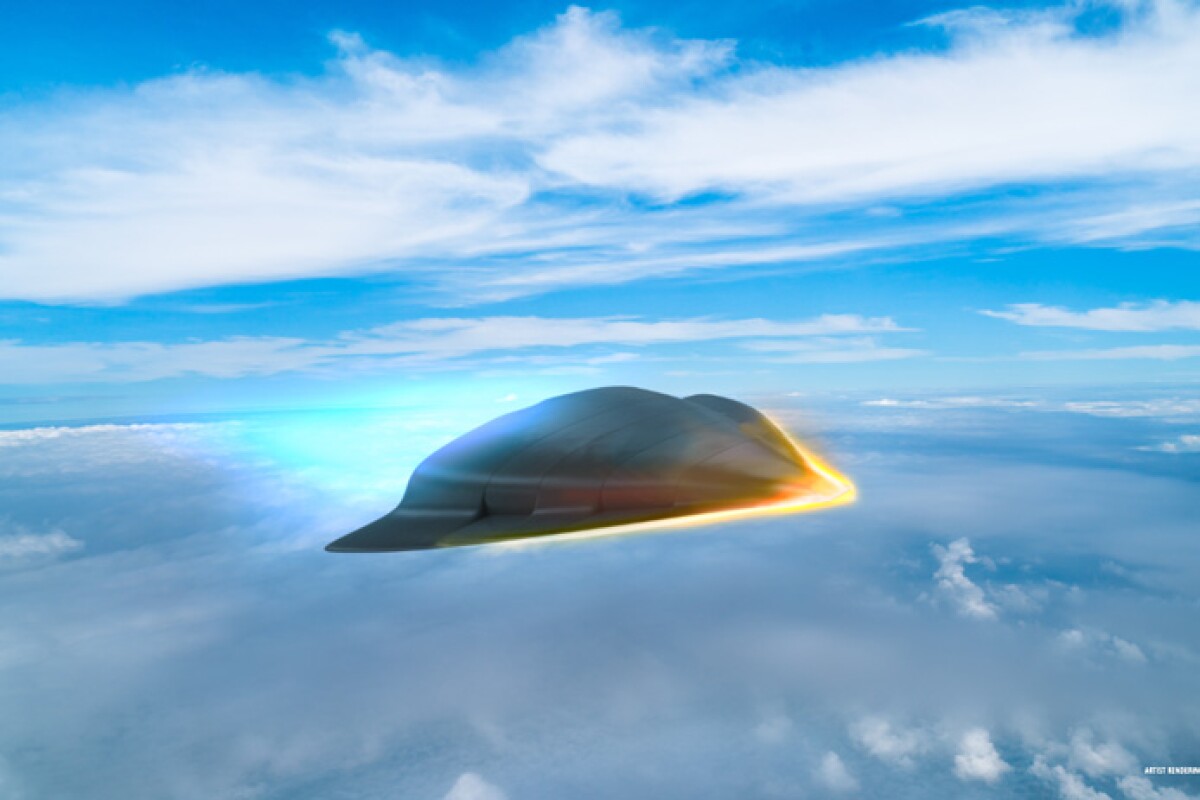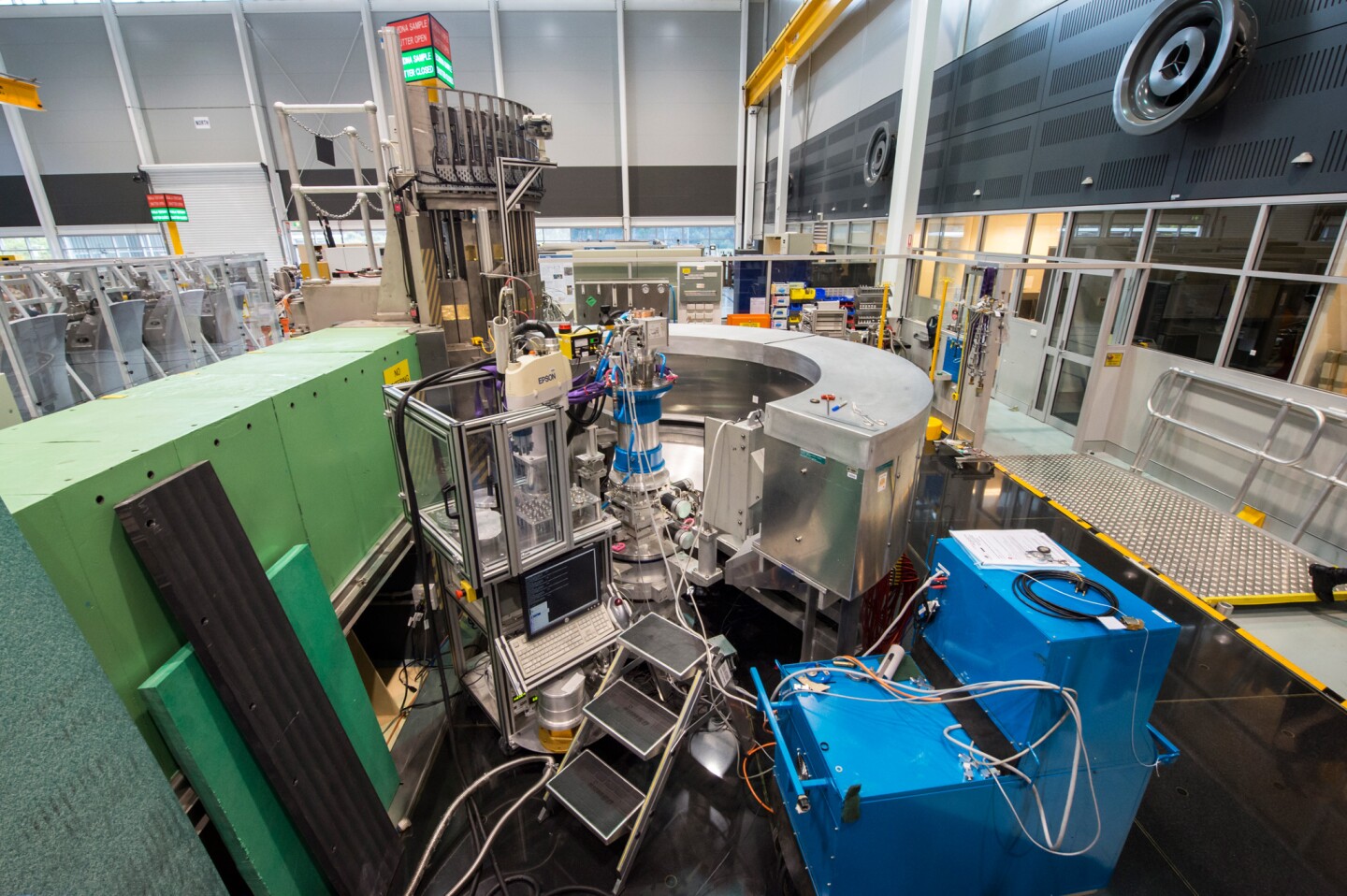
This is huge and completely unexpected or even thought likely. It will takes years but we now have a easier pathway to making devices impervious to temperature changes.
This matters hugely for seals and changing out materials.
again it is now going to take plenty iof design time before it all starts showing up.
Extraordinary new material shows zero heat expansion from 4 to 1,400 K
By Loz Blain
A new material could find applications in aerospace components and medical implants
Raytheon
https://newatlas.com/materials/thermally-stable-zte-advanced-material/
Australian researchers have created what may be one of the most thermally stable materials ever discovered. This new zero thermal expansion (ZTE) material made of scandium, aluminum, tungsten and oxygen did not change in volume at temperatures ranging from 4 to 1400 Kelvin (-269 to 1126 °C, -452 to 2059 °F).
That's a wider range of temperatures, say scientists from the University of New South Wales (UNSW), than any other material demonstrated to date, and it could make orthorhombic Sc1.5Al0.5W3O12 (catchy name, eh?) a very handy tool for anyone engineering something that needs to work in extremely varied thermal environments.
Examples of where this might come in handy include things like aerospace design, where components are exposed to extreme cold in space and extreme heat at launch or on re-entry. Famously, the SR-71 Blackbird was designed to expand so much at its Mach 3.4 top speed that it would liberally drizzle fuel on the runway at ground temperatures; the fuel tanks wouldn't even fully seal until they heated up. This new material stays exactly the same volume from close to absolute zero all the way up to comfortably over the heat you'd expect to get on the wing of a hypersonic aircraft traveling at Mach 5.
Or there's things like medical implants, where the range of expected temperatures isn't so varied but even a small amount of thermal expansion can cause critical issues.
The UNSW team made the discovery more or less by accident: "We were conducting experiments with these materials in association with our batteries-based research, for unrelated purposes, and fortuitously came across this singular property of this particular composition," says Associate Professor Neeraj Sharma.
Measurements of the new material were conducted using the Echidna high-resolution powder diffractometer
ANSTO
After measuring the material using the Echidna high-resolution powder diffractometer at ANSTO's Australian Synchrotron and the Australian Centre for Neutron Scattering, the team found an incredible degree of thermal stability. At the molecular level, materials usually expand because an increase in temperature leads directly to an increase in the length of the atomic bonds between elements.
ANSTO
After measuring the material using the Echidna high-resolution powder diffractometer at ANSTO's Australian Synchrotron and the Australian Centre for Neutron Scattering, the team found an incredible degree of thermal stability. At the molecular level, materials usually expand because an increase in temperature leads directly to an increase in the length of the atomic bonds between elements.
Sometimes it also causes atoms to rotate, resulting in more spacious structures that affect the overall volume.
Not with this stuff, which the team observed across that huge temperature spectrum demonstrating "only minute changes to the bonds, position of oxygen atoms and rotations of the atom arrangements." The team says the exact mechanism behind this extreme thermal stability isn't totally clear, but that perhaps bond lengths, angles and oxygen atom positions are changing in concert with one another to preserve the overall volume.
"Which part's acting at which temperature, well, that's the next question," says Sharma, who adds, “the scandium is rarer and more costly, but we are experimenting with other elements that might be substituted, and the stability retained,”
The other ingredients, however, are widely available, and bond together using a "relatively simple synthesis," so the team believes this material should present no impediments to large-scale manufacturing.
The paper is available at the journal Chemistry of Materials, and the video below provides an overview of the material.
Advanced material has zero thermal expansion
Source: ANSTO
Not with this stuff, which the team observed across that huge temperature spectrum demonstrating "only minute changes to the bonds, position of oxygen atoms and rotations of the atom arrangements." The team says the exact mechanism behind this extreme thermal stability isn't totally clear, but that perhaps bond lengths, angles and oxygen atom positions are changing in concert with one another to preserve the overall volume.
"Which part's acting at which temperature, well, that's the next question," says Sharma, who adds, “the scandium is rarer and more costly, but we are experimenting with other elements that might be substituted, and the stability retained,”
The other ingredients, however, are widely available, and bond together using a "relatively simple synthesis," so the team believes this material should present no impediments to large-scale manufacturing.
The paper is available at the journal Chemistry of Materials, and the video below provides an overview of the material.
Advanced material has zero thermal expansion
Source: ANSTO

No comments:
Post a Comment